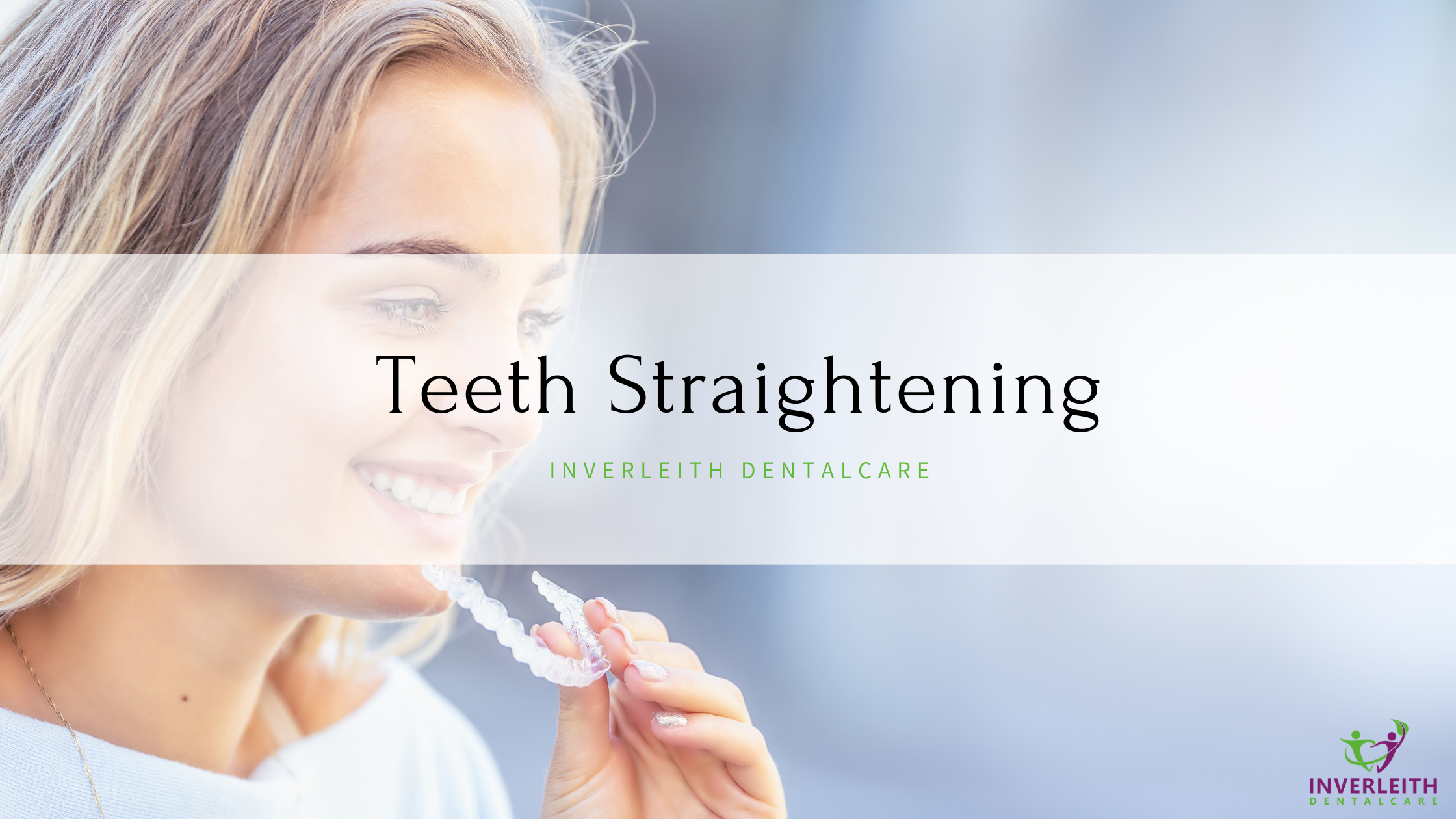Before commiting to undertake tooth straightening treatment there are 9 important questions people ask about Invisalign teeth straighening.
Do I have to wear “train track” braces to align my teeth?
As technology develops more and more issues that required fixed wire braces can now be tackled successfully with clear aligner systems such as Invisalign. For certain changes you may need the addition of a wire or even a temporary implant(s) to brace against especially if you have limited teeth at the back.
For minor changes you may be able to use speed brace systems such as Inman Aligners. That’s why it’s important to consult with an experienced dentist who is able to offer you a number of options rather than “one size fits all”.
How does Invisalign® clear aligner system straighten teeth?
Invisalign® works in the same way as a traditional brace, applying constant, precise pressure on each tooth to produce the desired movement. You must wear the aligners throughout the day and night, only removing them when eating and cleaning. After every fortnight you move on to the next aligner in the sequence bringing you closer to the end result.
Do I have to wear the Invisalign® clear aligner for the whole day?
The system is designed to be a gentle tooth moving process, which creates very little discomfort. To achieve this it must make small movements and relies on you wearing the aligners between 20-22 hours/day.
Don’t worry its transparent and difficult to see when you’re wearing it. It has a minor effect on speech. For the first few days you’ll probably notice a slight lisp but as you persevere this should disappear.
How often do I need to see the dentist?
It helps to have regular supervison at least in the early days. We review you every 4-6 weeks to begin with to ensure that you are on track. We may need to open up some space for you for the teeth to move into.
How long will it take?
Whilst you may finish as quickly as 12 weeks the majority of treatments take 12-18 months to achieve the desired result. If you want it to be comfortable and not intrusive on your lifestyle you need it to make small changes at a time.
Remember there are other options, which can be used as a combination in certain cases. Why not discuss these with your dentist
Are there any other benefits of favouring Invisalign teeth straightening?
Invisalign teeth straightening is a conservative treatment and does not usually require teeth to be removed, as can be the case with fixed braces.
You don’t need to commit to a big treatment plan. You may choose to stop after teeth straightening or go onto the next step and also whiten your teeth. If there are teeth you don’t like the shape of you may choose to have cosmetic bonding applied to them to make the shape more pleasing. Basically you control how far you want to go. Our dentists will show you many examples of what kind of outcomes they have achieved to help you make decisions on what you want to do.
As you can take aligners out means it’s much easier to clean your teeth with than a fixed brace. It also means you can remove them, if you wish, for a special occasion or meeting.
Aligning teeth makes it easier for you to clean between the teeth therby allowing you teeth to last longer and of course help you maintain a fresh breath.
How much does Invisalign® teeth straightening cost?
The fee for the treatment is based on how much change has to be created to align you teeth. This will determine how long it will take and consequently how many clear aligners will be needed to achieve this.
As part of the process, our experienced dentists will discuss more economical solutions (provided it is appropriate to the result that you looking to achieve).
To make it more affordable you will also have the opportunity to discuss methods of spreading the fees over a period of time to work within your budget.
Is teeth straightening available on the NHS?
Invisalign teeth straightening isn’t available on the NHS. This is considered a cosmetic treatment to create a more attractive smile.
Can Invisalign trays be used to protect your teeth against nighttime grinding due to stress?
Invisalign trays are thin trays, which are optimally designed for moving teeth. However, the excessive pressure created when you are grinding or clench your teeth may cause damage to these trays over a period of time. If grinding or clenching is something that you are concerned about please speak with one of our dentists. They are very experienced in treating these issues and will able to discuss the many solutions available to you.



